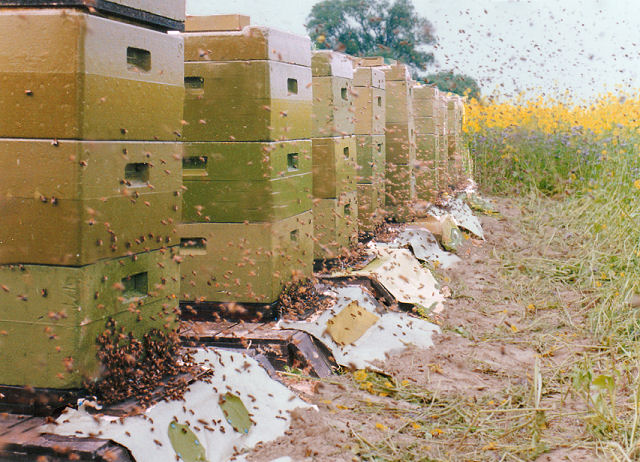Over the last few years, there have only been a couple nights that I have had trouble sleeping due to excitement and/or anticipation for the next day.
September 30, 2005: The night before my first marathon.
June 2?, 2007: The night before the LSAT.
April 25, 2008: The night before my wedding.
August 10, 2009: The night before my baby boy was born.
Now it is appropriate to add to this list the following date:
April 23, 2010: The night before my bees arrived.
This morning, my wife and I woke up early and went for a run. We came back then headed down to Lehi, Utah to pick up my bees. When we pulled of the freeway, about a mile west we saw this sign:

Admittedly, my heart jumped and I started feeling like a little boy approaching the Toys R' Us Store.
We pulled up to a parking lot in front of a huge industrial warehouse building. When we went inside, I couldn't believe how many bees. Check it out:


After standing in a big long line of people, I finally got my bees. Four pounds of Italian honeybees.










